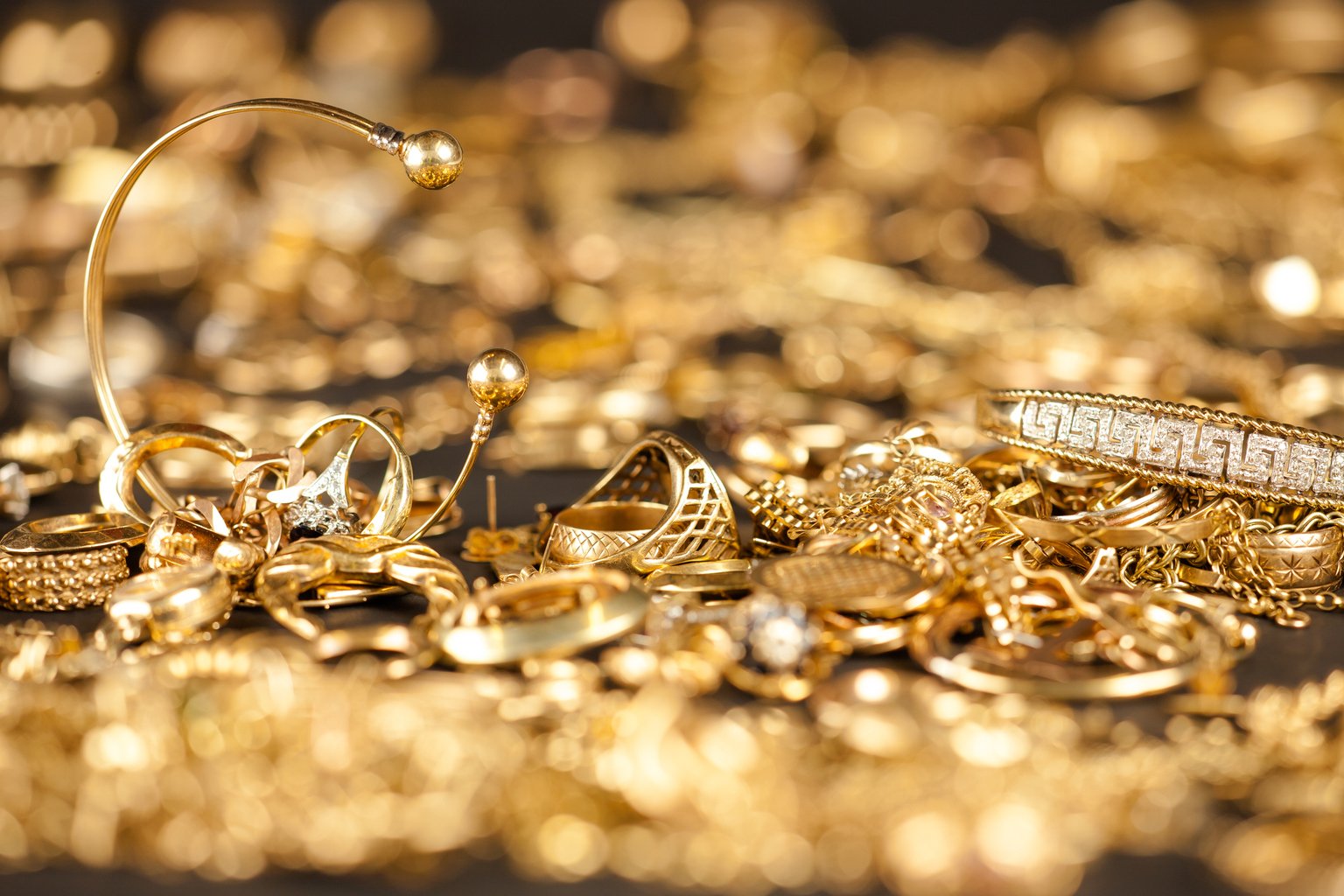Gold has long been seen as a valuable asset, and understanding what affects its value is essential for anyone considering purchasing or trading bullion in the borough. There are several primary variables that play an important role in determining the spot valuation and comprehensive appraisal of gold. These factors include the current economic conditions, the quality of the gold, its cultural significance, and even the global economic environment. Each of these aspects contributes to how much gold is worth at any given moment.
Economic trends significantly influence gold rates. The need for bullion often varies based on various monetary factors. For instance, during times of economic uncertainty or devaluation, many individuals turn to gold as a reliable hedge. This increased demand can drive prices higher. Conversely, when the market is stable, and investors feel secure, they may choose to invest in stocks or other assets instead of gold. As a result, it is vital for those interested in gold to stay aware about ongoing market trends and how they might affect the valuation of their assets.

Determining quality of bullion is another important element in its valuation. The metal is assessed in karats, with 24 carats being pure gold. The lower the karat number, the less pure the gold is, which can significantly impact its value. For example, 18-karat gold contains 75% pure gold and 25% alloy components, making it less valuable than 24-karat gold. When appraising gold or coins, appraisers will carefully examine the karat rating and consider it alongside the weight you could look here of the piece to determine its overall market value.
Cultural relevance can also contribute premium to certain pieces of gold. Items that have a rich history or are linked to noteworthy events or individuals may be valued more than their intrinsic metal content. Collectors often seek out unique pieces with significant provenance. In the borough, where ethnic variety flourishes, pieces from different periods and backgrounds can attract attention from both regional buyers and global investors. This makes understanding the historical context of a useful site work vital for precise valuation.
Finally, global economic circumstances play a significant part in affecting gold prices. Factors such as monetary value, borrowing costs, and geopolitical stability all affect how investors perceive the safety of gold as an asset. For instance, if the American currency declines, investors might flock to gold as a defensive strategy against possible losses in other markets. Therefore, those engaged in purchasing or trading gold in Queens should keep an eye on global headlines and financial reports to grasp how macro-level market trends might influence their regional market.
To summarize, several important components influence gold value assessments in this area. Market trends demonstrate how financial dynamics influence demand for gold. The purity of the bullion itself plays a vital part in determining its worth, while cultural importance can enhance value for enthusiasts. Finally, global financial influences provide context that helps explain market shifts over time. Understanding these aspects can enable buyers and sellers alike to manage the intricate world of gold investments strategically.